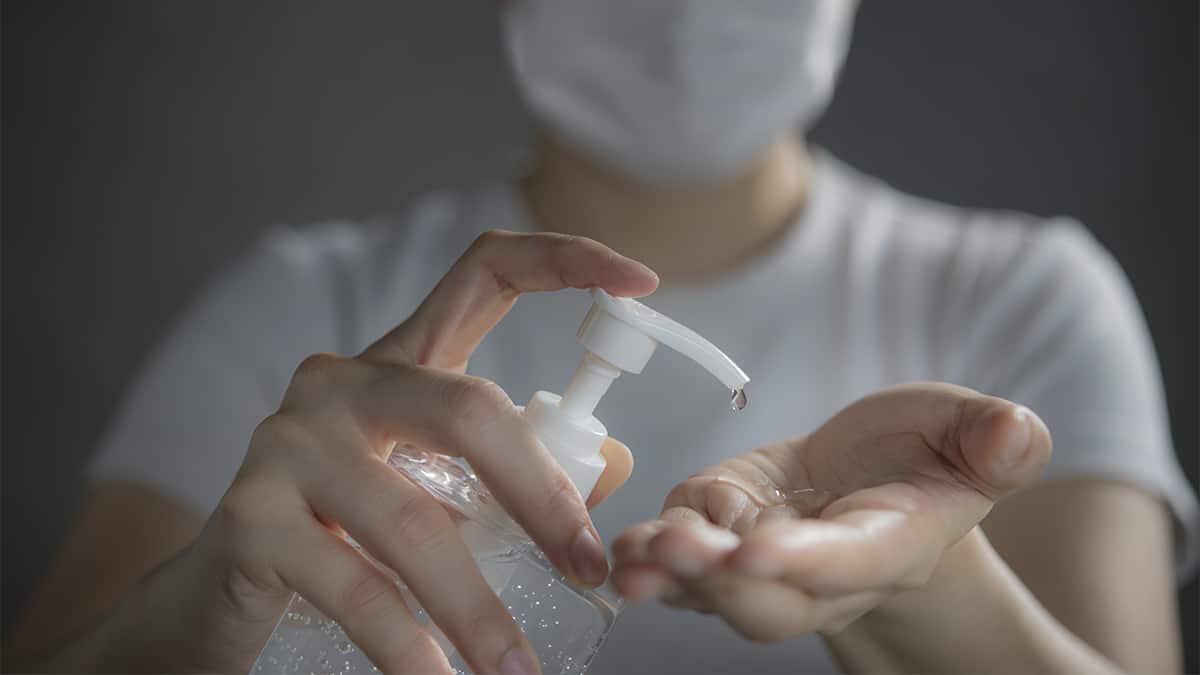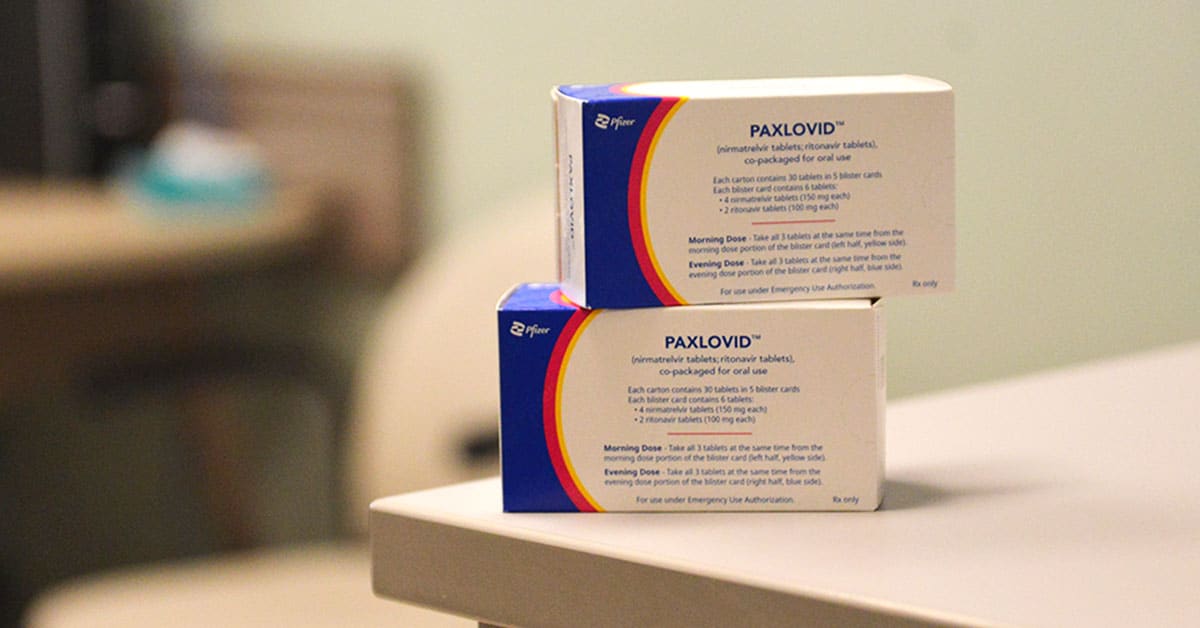Declines in the number of COVID-19 cases and related hospitalizations, the province is stepping up its reopening schedule. As of today, Ontario will be moving to the next phase, allowing restaurants, bars, cinemas and other indoor public settings to increase capacity limits.
The provincial government this week then announced it will be lifting most pandemic measures, including proof of vaccination requirements, as of March 1.
“Thanks to the province’s high vaccination rates and the continued sacrifices of Ontarians, we are now in a position where we can move forward in our plan earlier than anticipated,” said Deputy Premier Christine Elliott in a release. “With hospitalizations and ICU admissions continuing to decline, we are committed to maintaining a gradual and cautious approach to protect our hospital capacity and ensure patients can access the care they need when they need it.”
The earlier reopening means an increase in social gathering limits to 50 people inside and 100 people outside. Increasing organized public event limits to 50 people inside and no limits outside. Sporting arenas, theatres, and concert halls will be allowed to have 50 per cent of their usual capacity.
“Given how well Ontario has done in the Omicron wave we are able to fast track our reopening plan,” said Premier Doug Ford in a statement. “This is great news and a sign of just how far we’ve come together in our fight against the virus. While we aren’t out of the woods just yet, we are moving in the right direction.”
As restrictions are lifted, local health officials are urging residents to stay cautious as they return to social activities indoors as Omicron is still spreading in the community. Wearing a mask is still recommended, with mandates remaining in force.
At midweek, Waterloo Region was reporting 903 active cases of COVID-19, down from 1,175 a week earlier. There were 79 people hospitalized and 19 in ICU due to the virus. There have been 385 fatalities related to the virus since the pandemic began almost two years ago.
“Our healthcare system continues to be under great pressure due to the number of patients hospitalized and in ICU with COVID-19 and the need to ramp up delayed surgeries and procedures as soon as possible. A cautious approach to resuming activities by continuing to use the tools that work to blunt COVID-19 will serve us well. By getting vaccinated and boosted, by staying home when we’re sick, by wearing a mask, by avoiding crowded places and spaces – all of our efforts have and continue to make a difference,” said medical officer of health Dr. Hsiu-Li Wang February 10 during the region’s weekly pandemic briefing.
Some pressure on local hospitals is starting to lift as more staff are returning to work after illness or mandatory isolation protocols, added Lee Fairclough, president of St. Mary’s General Hospital and hospital lead for Waterloo-Wellington. She also mentioned that they are starting to see a decline in COVID-19 hospitalizations after the latest Omicron wave.
“We’re still going to need to prevent that further spread over the next few weeks as we move through this reopening. Thank you for your support and the sacrifice – it has meant so much to so many people,” said Fairclough.
Officials continue to stress the importance of vaccines.
Some 88.2 per cent of eligible residents have had at least one dose of vaccine, with 84.2 per cent fully vaccinated. Forty-eight per cent of residents have had a booster shot.
As with the region, the number of cases has dropped in Wellington-Dufferin-Guelph, with 383 active cases,. There have been 156 fatalities associated with the virus.
Public health there reports 86.3 per cent of eligible residents have been fully inoculated, with 60.3 per cent having had a booster shot.









